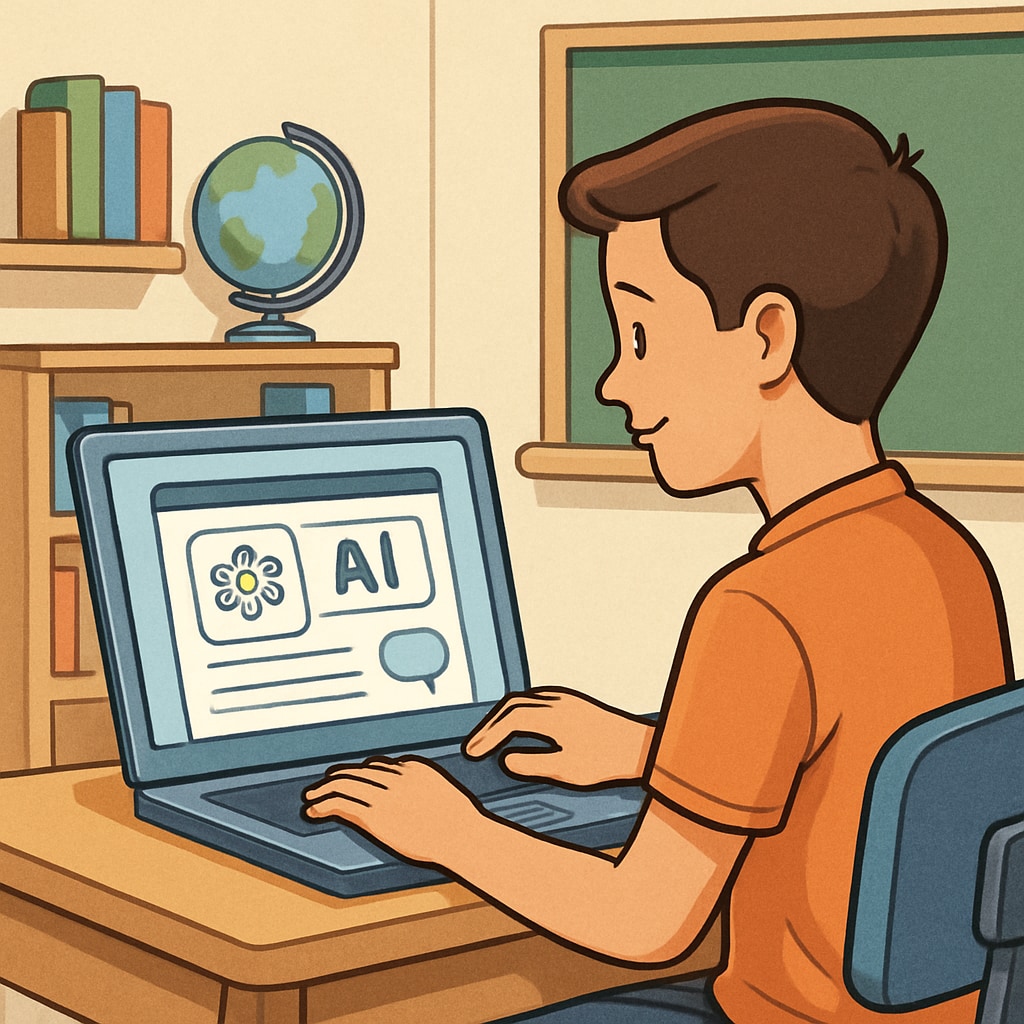The rise of AI tools such as ChatGPT has transformed the educational landscape, creating both opportunities and challenges. At the heart of these changes lie fundamental questions about academic integrity, the effectiveness of detection methods, and the financial and logistical costs of adapting to this new reality. As schools and teachers grapple with the ethical implications of students using AI tools to complete assignments, they must also confront practical dilemmas in maintaining fairness and ensuring that learning outcomes remain meaningful.
Redefining Academic Integrity in the Age of AI
Academic integrity has always been a cornerstone of education. Traditionally, it meant students completing their work honestly, without resorting to plagiarism or other forms of dishonesty. However, the definition of integrity is being challenged as AI tools like ChatGPT offer students easy access to sophisticated writing and problem-solving capabilities. Is it unethical for a student to use AI to draft an essay if they later refine it with their own ideas? Where do we draw the line between assistance and dishonesty?
These questions highlight the need for educators to rethink what it means to be academically honest in the context of AI. Instead of simply banning AI tools, some experts suggest integrating their use into the curriculum. By teaching students how to responsibly and transparently use AI, educators can emphasize critical thinking and ethical decision-making rather than focusing solely on punitive measures.

The Challenges of Detecting AI-Generated Work
One of the most significant issues facing educators is the difficulty of identifying work generated by AI tools. While software exists to detect plagiarism, recognizing AI-generated content is far more complex. Tools like OpenAI’s ChatGPT produce unique, non-duplicated responses, making traditional plagiarism detection methods ineffective.
Several new AI detection tools have emerged, but they come with limitations. For example, they often rely on probabilistic algorithms, which can result in false positives or false negatives. This uncertainty can lead to disputes between students and educators, undermining trust in the system. Moreover, these detection tools often require significant financial investment, adding to the already high educational costs for schools.
In addition to technological limitations, there are ethical concerns about relying solely on detection. Over-surveillance can create a culture of mistrust in the classroom, discouraging genuine learning and creativity. Instead, educators may need to focus on designing assignments that are harder for AI to complete independently, such as oral presentations, in-class essays, or projects requiring personal reflection.

The Financial and Logistical Costs of Adapting
Adapting to the widespread use of AI tools is not without costs. Schools must invest in training teachers to understand and effectively use AI, purchase updated detection software, and revise curricula to reflect the changing educational landscape. These efforts require substantial financial and time resources, which may not be equally available to all institutions.
For underfunded schools, the challenge is even greater. Without access to the latest tools and training, these schools may struggle to address the rise of AI usage effectively, potentially widening the educational gap between well-resourced and less-resourced institutions. This raises questions of equity: How can we ensure that all students, regardless of their school’s financial situation, have an equal opportunity to learn in an AI-driven world?
Strategies for Moving Forward
To navigate these challenges, educators and policymakers must adopt a proactive and balanced approach. Key strategies include:
- Integrating AI into Learning: Teach students how to use AI responsibly, emphasizing transparency and ethical considerations.
- Redesigning Assignments: Focus on tasks that encourage original thought, collaboration, and personal engagement.
- Investing in Training: Provide educators with the resources and knowledge needed to adapt to AI technologies.
- Promoting Equity: Ensure that all schools have access to the tools and training required to address AI challenges effectively.
Ultimately, the goal is not to eliminate AI tools from education but to harness their potential in a way that upholds academic integrity and supports meaningful learning. By fostering a culture of ethical AI usage, educators can prepare students for a future where technology and human creativity coexist.
Readability guidance: Use clear, concise language with short paragraphs and lists to break down complex ideas. Ensure even distribution of keywords and maintain a professional tone throughout.


